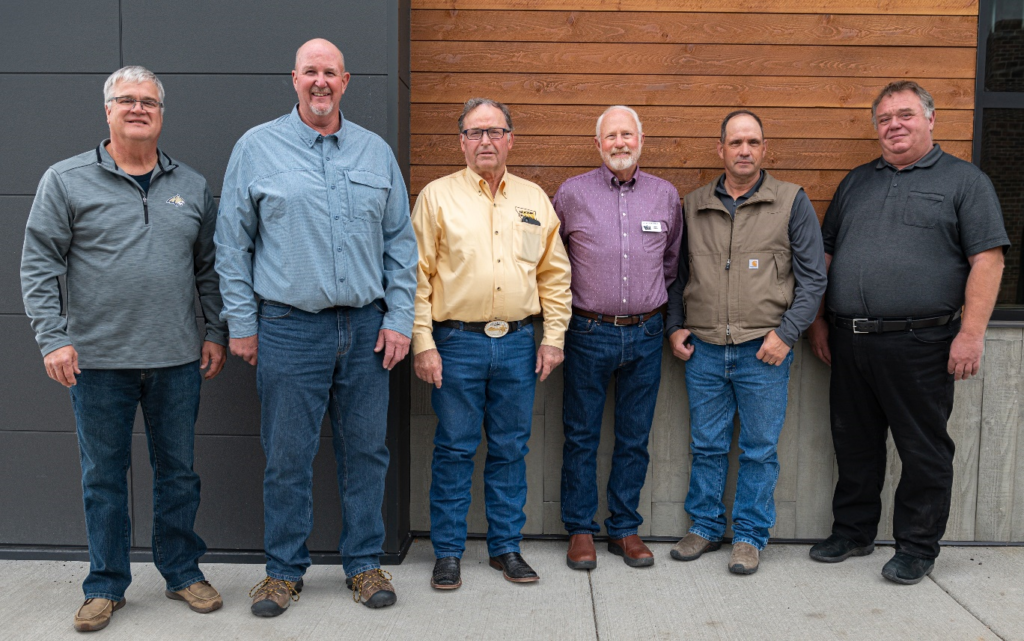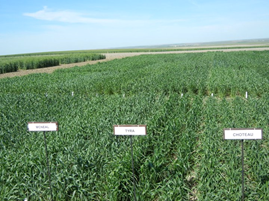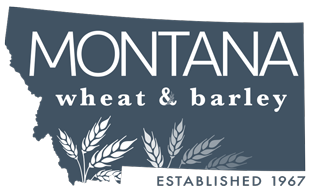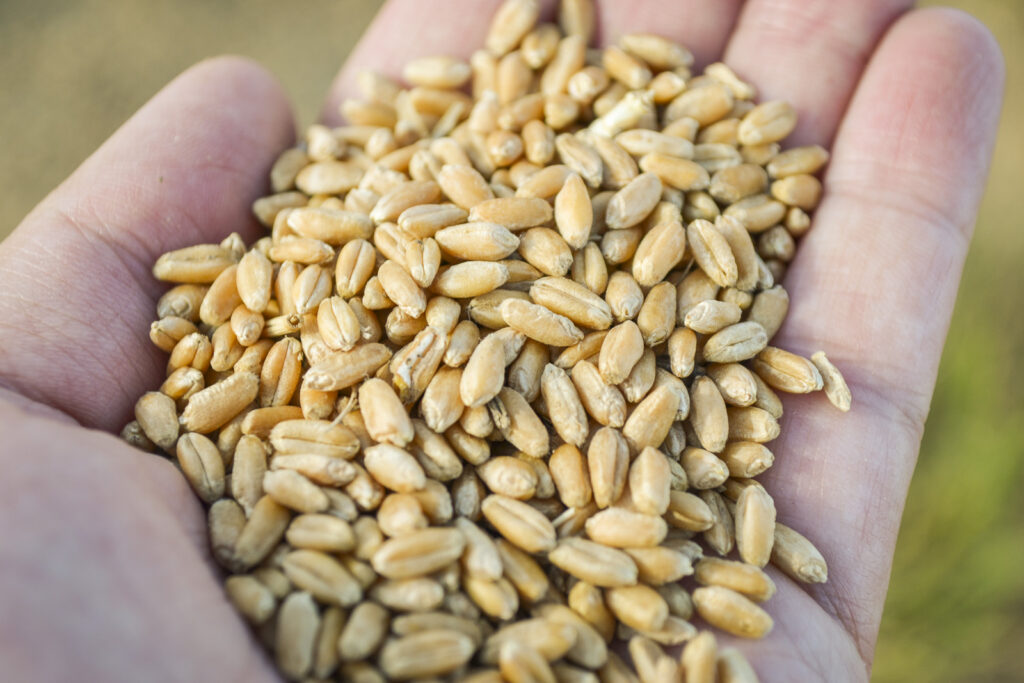Your checkoff dollars at work

Before I dive into the data, I cannot forget the long-time member of District 6, Denise Conover, who was not able to participate in the photo. Check out our website to learn more about our directors and to find their contact information.
The Montana Wheat & Barley Committee (MWBC) staff surveyed our seven governor appointed board members, and asked, “What are your research funding priorities?” Board members in each district gave results based on what is most important for their growing region.
Question one was framed to determine what we typically fund every year; to help determine what are the MOST important core projects? Two topics in the reported results were added, plant resistance products and sawfly product development which are separate from what is typically funded to gauge new interests.
Board rankings below:
- Winter Wheat Breeding
- Spring Wheat Breeding
- Barley Breeding (Including Spring and Winter)
- Durum Breeding
- Montana Ag Experiment Stations Support
- Sawfly Varietal Improvement
- Molecular Breeding Pipeline
- Sawfly Product Development
- End Use Quality Labs
- Plant Resistance Product Development (I.E. Clearfield, CoAXium)
The results tell the story of how important region-specific breeding is to Treasure State producers. While each category provides a significant role in localized varietal development, our board continues to see the value in winter wheat varieties. The technique of planting in the fall is critical to capture early spring moisture. Around 60% to 70% of the MWBC research budget goes towards ten categories. This means it is critical for your representative to prioritize topics that all have a significant role in varietal development. What is clear based on previous budgets and these survey results, is that our core programming is here to stay, and our growers believe in the results these core programs provide. Defining these core efforts will help align Montana State University Plant Science and Plant Pathology with Montana wheat and barley producers even more successfully. MWBC’s goal is to define and leverage our CORE Programming to expand what is most important to our growers.
Question two was asked to determine outside of CORE funding what is the next most important area of research? Three topics in the reported results were added, consumer product development, sawfly product development and research education dissemination which are separate from what is typically funded to gauge new interests.
Board rankings below:
- Production Best Practices
- Consumer Product Development
- Weed/Pest/Disease Product Development
- Crop Rotation Studies
- Soil Health and Sustainability
- Sawfly Product Development
- Weed/Pest/Disease Management
- Management to Advance End Use Qualities
- Research Education and Dissemination
- Private Product Use Efficiencies

On average the remaining 30-40% of the Committee’s research budget goes to these 10 categories. Our board members want research designed specifically to help them find best production practices that they can take directly back to the farm and implement. Production best practices could be, but are not limited to, seeding timing/rates, nutrient applications, precision ag and post-harvest management. A common phrase MWBC staff hear from our board is, “We want our market to continue to work and grow”.
Apart from the market development work the Committee takes part in, consumer product development is the second priority for our board members. Historically, studies that develop new products have not been requested of researchers in the past. This is something the staff is taking very seriously and will request for in next year’s funding cycle. Consumer product development can bring in significant business investment. Other states have innovative projects like: “Improving Wheat Digestibility Through Sourdough Fermentation and Crop Variety”.

The MWBC staff is taking the results of this survey as a starting point to better define our yearly request for research funding. Look to see newly defined priorities that demonstrate the topics of importance our directors are seeking and be prepared as we are always seeking feedback from you, our stakeholders. The goal is to redefine our CORE Programming to generate additional leverage on the state and federal level; ultimately multiplying your check off dollars.

